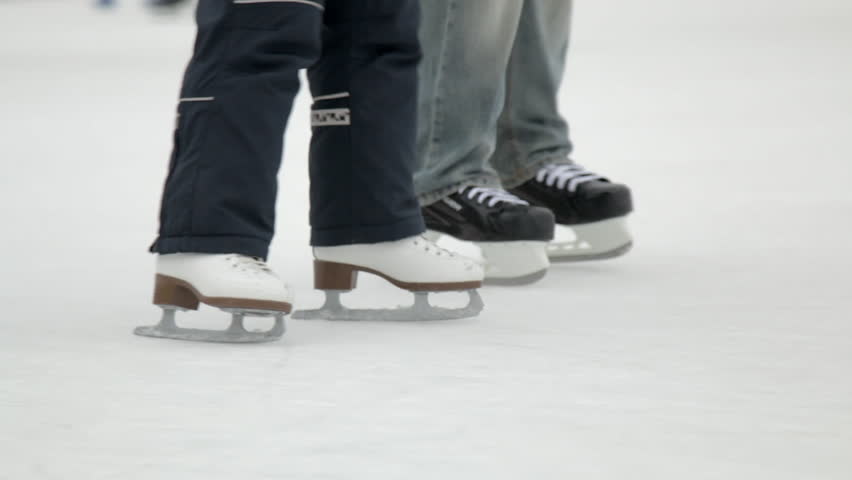
For skaters to function as a team, first they all must think like a team. Terry Orlick, Ph.D., the president of the International Society for Mental Training and Excellence, writes:
"We cannot win in team situations or in relationships by ourselves. It is like trying to pick up a pencil with only one finger...Even if that one finger is extremely strong, it will prove almost impossible to pick up that pencil unless you use your other fingers or some other part of your hand. Teamwork is a bit like using all of your fingers. Each one is unique and contributes something different, but they unite in pursuit of a common goal."
Lessons from Geese
Team Building Games
Men compete in three separate disciplines of figure skating: pairs, ice dance and the menís solo event. Menís figure is where the men compete on the ice alone. Skaters perform jumps and spins to music in front of a panel of judges.
The menís event consists of two parts: the short program and the long program. During the shorter program the men perform a series of required elements. A skater who leaves out an element or performs a single element such as a jump poorly can be penalized by the judges and lose their chance at a gold medal.
The long program allows men to perform a program approximately four and a half minutes in length. Top competitors will perform many different jumps and spins during this time while demonstrating musicality and speed.
One of the most important elements of any menís figure skating program is known as footwork. Footwork consists of a series of moves across the ice in a straight line or serpentine pattern, where the muscular strength is essential. An ideal footwork sequence will incorporate many different quick turns and fast short spins. The skater aims to move quickly and illustrate their mastery of basic turns and edges.

Another required element is a spin. A spin consists of a series of turns in a specific spot. Male figure skaters try to spin as fast as possible and switch positions during the spins and the endurance of their muscles should match these skills. A spin may start out in a camel position where the leg is held at a ninety degree angle to the body. The skater can then dip down to a sit spin where the skater crouches against the ice. A skater also aims to stay centered while spinning. As they spin they want to remain in one place. Spins where the skater travels as they spin are known as traveling spins and face deductions from the judges.
Most top male figure skaters have mastered at least six separate kinds of jumps including toe loops, loop jumps, lutzes and axels. All but the axel jump start from a backwards position to enhance cardiovascular fitness. Top level competitors perform jumps that have at least three rotations in the air. These are known as triple jumps. A skater tries to perform the jump by adhering closely to accepted correct form to begin the jump, spinning fast in the air and landing backwards on one foot.
In addition to triple jumps many metal contenders in the menís event aim to land at least one quadruple jump. A quadruple jump is a jump that consists of four revolutions in the air. Quadruple jumps require a very focus sense of timing. The skater must be aware of where he is in air at all times. Some men also choose to perform quadruple jumps followed immediately by another double or triple jump. This is known as a jump-combination.
The menís figure skating event places great emphasis on athleticism. Spectators may be privileged to see a program that combines speed, a feel for music and daring jumps across the ice all in the course of a single four minute program. Understanding some of the elements of the menís event can help those in the stands or television take even greater pleasure in watching them.